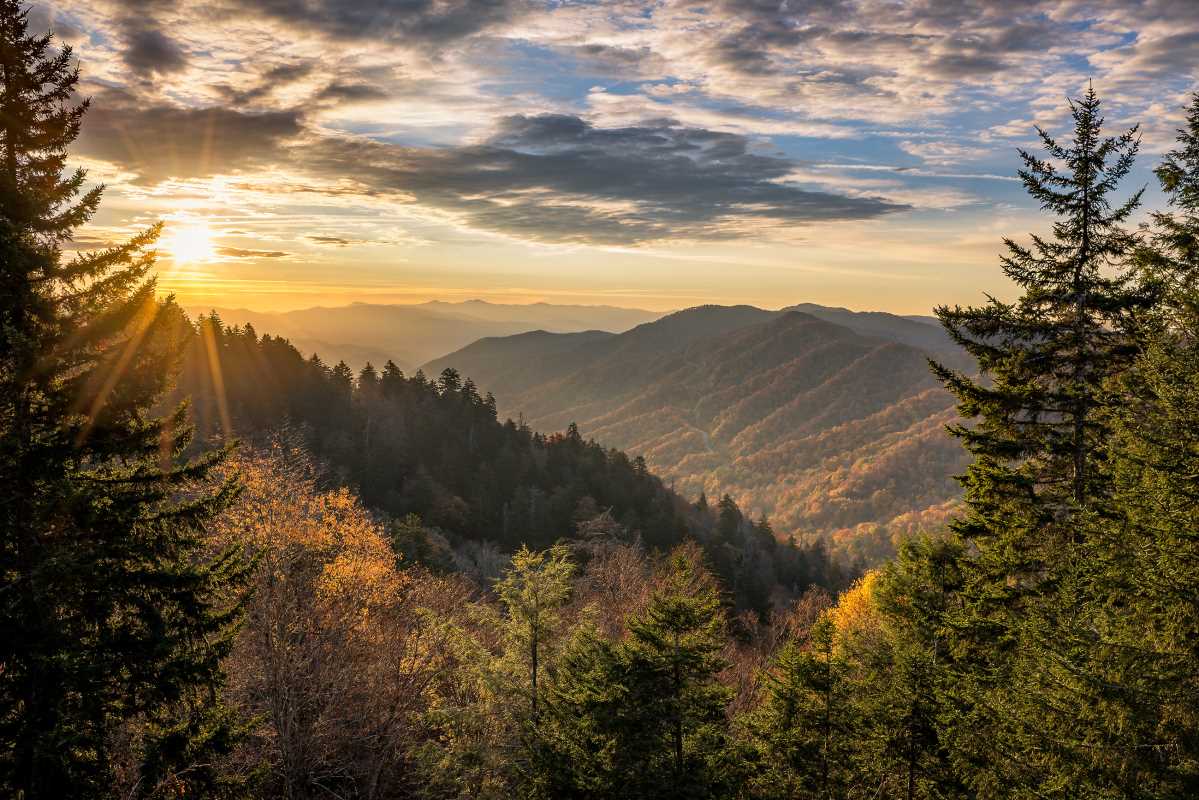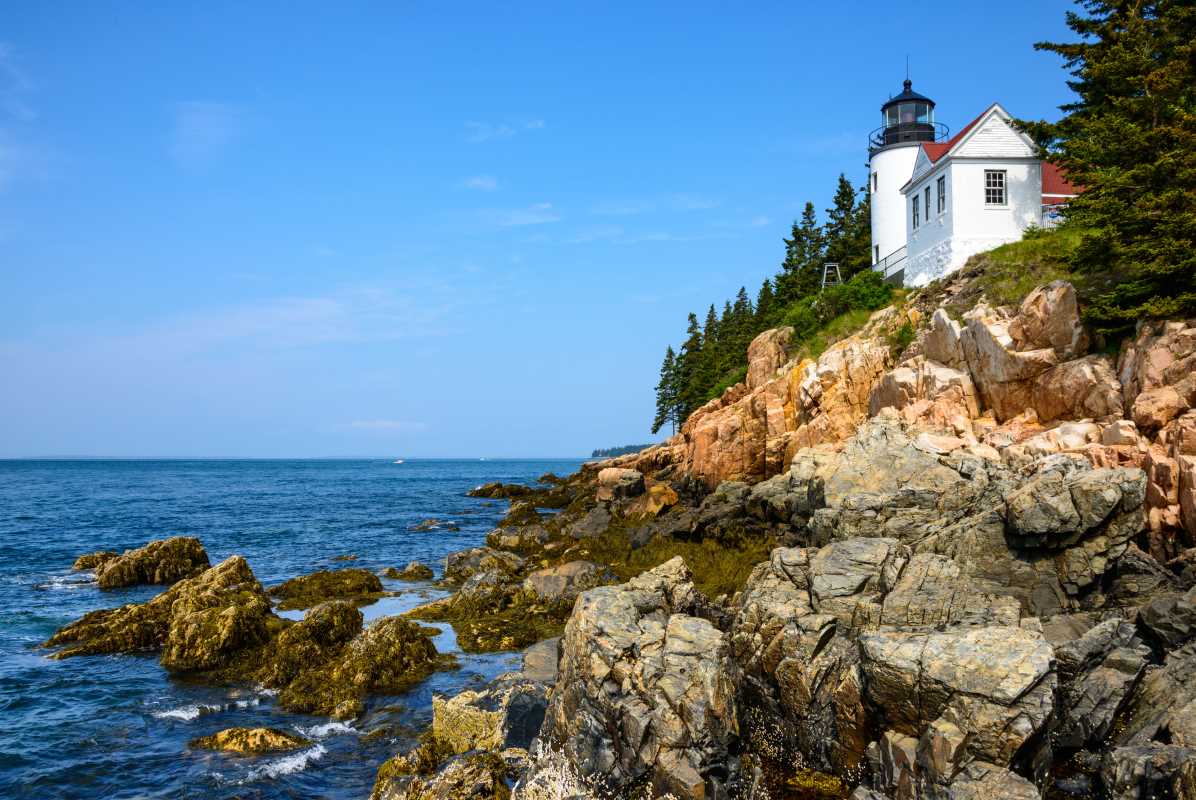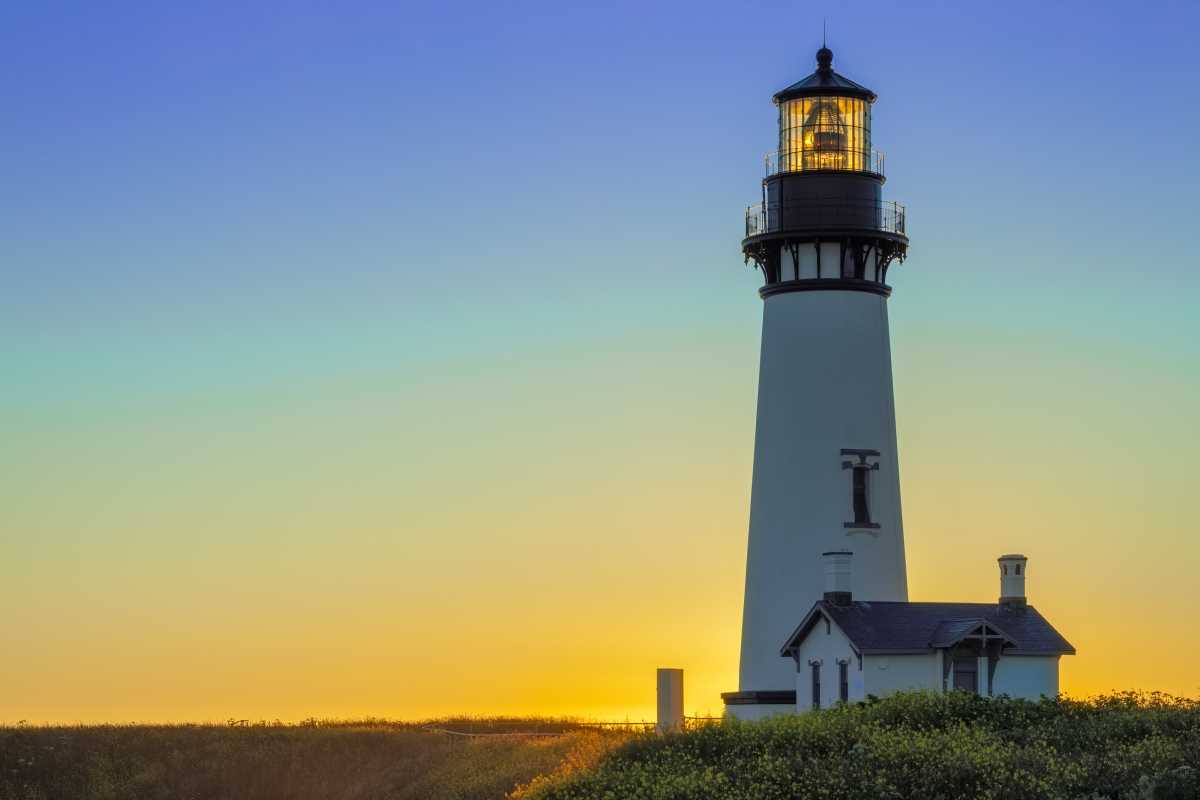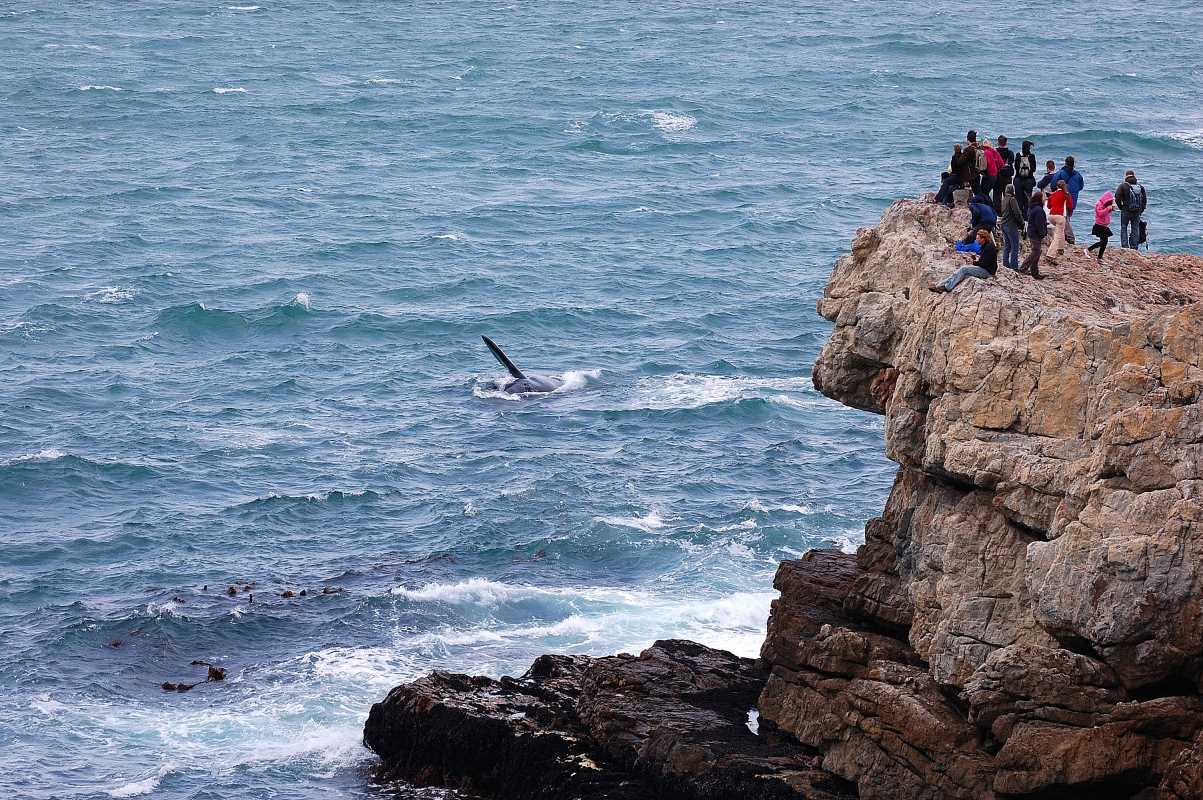There is a unique kind of magic that unfolds across the vast, open skies of South Dakota as the day comes to a close. Here, the horizon stretches endlessly, and the sun puts on a spectacular show, painting the clouds in fiery oranges, soft pinks, and deep purples. It’s a moment of profound peace and breathtaking beauty, where the sheer scale of the prairie landscape makes you feel both small and connected to something immense.
The Science and Soul of a Prairie Sunset
What makes a sunset on the prairie so different from one seen over mountains or oceans? It’s a combination of atmosphere, perspective, and a touch of dust. The Great Plains are known for their wide-open spaces, meaning there are no mountains or tall buildings to obstruct the view as the sun dips below the horizon. This gives you a full, panoramic display from start to finish.
The vibrant colors are a result of a phenomenon called Rayleigh scattering. As sunlight travels through Earth's atmosphere, shorter-wavelength colors like blue and green are scattered away by particles in the air. This is why the sky is blue during the day. But at sunset, the sun's light has to travel through much more of the atmosphere to reach your eyes. This longer journey scatters away almost all the blue light, leaving only the longer-wavelength reds, oranges, and pinks to dominate the sky.
On the prairie, dust particles kicked up by the wind and pollen from grasslands can enhance these colors, making them even more intense and vivid. The result is a light show that feels both scientifically explainable and deeply spiritual.
Top Spots to Witness South Dakota's Sky on Fire
While almost any westward-facing spot on the prairie can offer a great view, some locations provide an especially stunning backdrop for the daily spectacle.
Badlands National Park: A Dramatic Foreground
Imagine watching the sunset over a landscape that looks like it belongs on another planet. Badlands National Park offers just that. The last rays of sun catch the sharp edges of the park's iconic buttes, spires, and layered rock formations, creating a dramatic play of light and shadow. The golden hour light makes the pink, yellow, and tan bands of the sediment glow.
- Pinnacles Overlook: This is one of the most popular sunset spots in the park, and for good reason. It offers a sweeping view of the jagged formations and the Sage Creek Wilderness Area.
- Big Badlands Overlook: Located near the Northeast Entrance, this spot provides a classic, expansive view of the park's surreal terrain as it soaks in the evening colors.
- Conata Basin Overlook: For a slightly different perspective, this overlook faces south, but the setting sun to the west will still light up the basin in incredible ways, often with a soft, pinkish glow.
Custer State Park: Where Wildlife Meets the Sky
In the rolling hills and grasslands of Custer State Park, a sunset often comes with a bonus: wildlife. As the air cools, bison, pronghorn, and deer become more active. Watching a herd of bison silhouetted against a blazing orange sky is an experience you will never forget.
- Wildlife Loop Road: Find a safe pull-off along this 18-mile loop in the late afternoon. The open grasslands provide unobstructed views, and you're almost guaranteed to see some of the park's famous residents.
- Sylvan Lake: While known for its beautiful rock formations, the lake also offers a serene sunset experience. The calm water reflects the colors of the sky, creating a beautiful, symmetrical scene.
Along the Missouri River
The mighty Missouri River carves its way through the center of the state, and its banks provide countless opportunities for sunset viewing. The wide expanse of water acts like a mirror, doubling the beauty of the sky.
- Chamberlain and Oacoma: The rest stops and viewpoints along Interstate 90 as it crosses the river near these towns are fantastic spots to pull over and watch the show. The Dignity of Earth and Sky statue, in particular, offers a powerful silhouette against the evening sky.
- Lewis and Clark Recreation Area: Near Yankton, this area provides numerous spots along the shore of Lewis and Clark Lake to settle in for the evening.
Capturing the Moment: Tips for Stunning Sunset Photography
You’ll definitely want to take photos, but capturing the grandeur of a prairie sunset can be tricky. Here are a few tips to help you get the perfect shot, whether you're using a smartphone or a professional camera.
Find a Strong Foreground Element
A picture of just the sky can be beautiful, but it often lacks a sense of scale and place. Look for something interesting to put in the foreground. This could be a lone tree, a rustic fence line, a wandering bison, or the jagged peaks of the Badlands. This element, often as a silhouette, will add depth and context to your photograph.
The Rule of Thirds is Your Friend
Instead of placing the horizon line directly in the middle of your frame, use the rule of thirds. Imagine your screen is divided into a 3x3 grid. Place the horizon along either the bottom third line (to emphasize a dramatic sky) or the top third line (to emphasize an interesting foreground). This simple compositional trick makes your photos more balanced and visually appealing.
Don't Put the Camera Away Too Early
Many people make the mistake of leaving as soon as the sun disappears below the horizon. Big mistake! The best colors often appear 15 to 30 minutes after the sun has set. This period, known as "civil twilight," is when the high-altitude clouds catch the last vestiges of sunlight, often exploding in the most brilliant pinks and purples. Be patient and wait for the grand finale.
Smartphone Photography Tips
You don't need a fancy camera to get great shots.
- Lock Exposure and Focus: Tap and hold on the screen where you want to set your focus. An "AE/AF Lock" message will often appear. This stops your phone from constantly readjusting as the light changes, giving you more control.
- Lower the Exposure: Your phone's camera will often try to make the scene too bright, washing out the rich colors. Before taking the picture, tap the screen and then drag the little sun icon downwards. This will darken the image, making the colors of the sunset appear deeper and more saturated.
- Use HDR Mode: If your phone has an HDR (High Dynamic Range) setting, turn it on. It takes multiple pictures at different exposures and blends them, helping to capture detail in both the bright sky and the darker foreground.
Planning Your Prairie Sunset Experience
A little planning can make your sunset chase even more enjoyable.
- Check the Sunset Time: A quick search online will tell you the exact time of sunset for your location. Plan to arrive at your chosen spot at least 30 to 45 minutes beforehand to get set up and watch the colors begin to change.
- Look at the Cloud Forecast: Believe it or not, a perfectly clear sky doesn't always make for the best sunset. A sky with some scattered, high-level clouds (like cirrus or altocumulus) is ideal. These clouds act like a canvas for the sun to paint on, creating the most spectacular and colorful displays.
- Bring the Essentials: Even on a warm day, the temperature can drop quickly once the sun goes down. Bring a light jacket or blanket. Insect repellent is also a good idea, especially near water. Don't forget a comfortable chair and maybe a warm drink.
There is a quiet power in watching a South Dakota sunset. It’s a chance to slow down, to breathe, and to witness one of nature's most reliable and breathtaking performances. As the light fades and the stars begin to emerge in the dark prairie sky, you'll be left with a sense of peace that can only be found in the heart of the great, wide open.
.jpg)






.jpg)